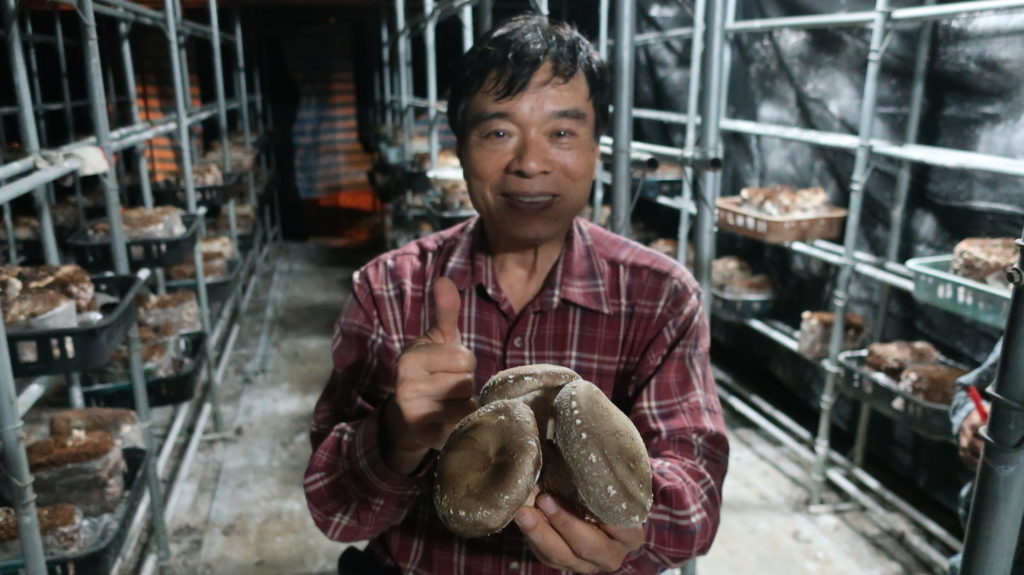How to integrate mushroom growing in sustainable systems ?
13 to 22 December 2019
It’s in Huaguling farm that I had for the first time the opportunity to observe fungiculture, that is to say the cultivation of mushrooms. As I am a big eater of these neither vegetal nor animal foodstuffs, I have always been curious to know how they are grown.
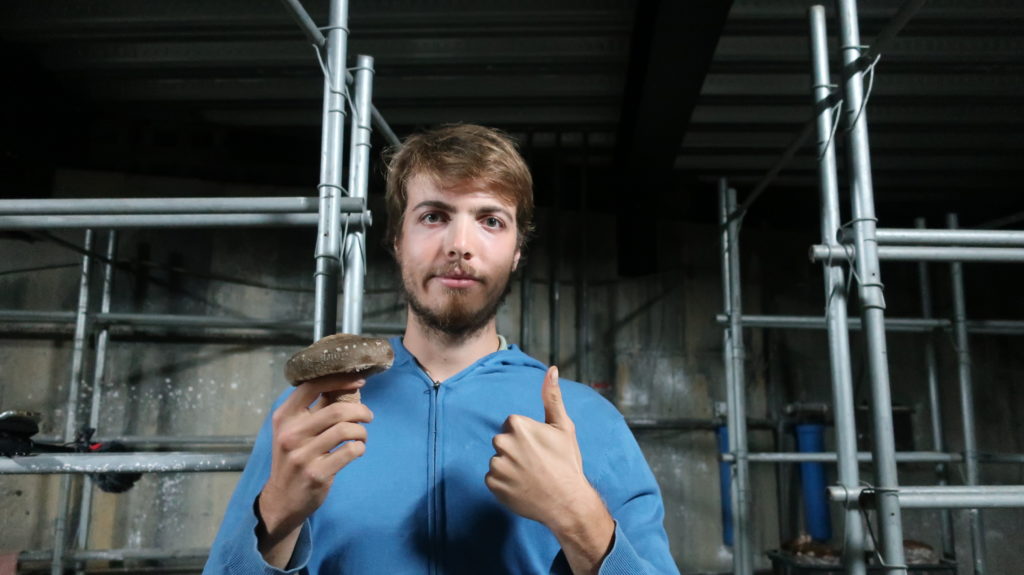
Some fungiculture basic knowledge
In Taiwan, as in most of East Asian countries, a great variety of mushrooms are grown. There is at least twenty species cultivated as foodstuff, and more which are grown for their medicinal properties. Moreover, every mushrooms are renowned for their high nutrient contents. At Huaguling, the cultivated species are :
- Shiitake (Lentinula edodes)
- Wood ear (Auricularia auricula-judae). There are black and white varieties.
- Lion’s mane (Hericium erinaceus), called “monkey head mushroom” (“猴頭菇”) in Chinese.
- Oyster mushroom (Pleurotus ostreatus).




During my stay in Huaguling I could only participate in the cultivation of shiitakes, and also harvest a few oyster mushrooms from a previous batch, however the cultivation techniques of these 4 mushrooms are mostly similar.
Looking at fungiculture as a whole process from beginning to end, it is quite complex and requires some specialized equipment, infrastructure, and a lot of handling. It can be intensive work.
The first step is to prepare the substrate, which will be the mushroom’s nourishment. It is possible to cultivate mushrooms directly on wood : the wood species and freshness after being cut has to be chosen depending on the mushroom which is cultivated. However in most commercial cultivation settings, substrate is put in plastic bags. This substrate is made of woodchips, agricultural wastes like corn stalks, or food industry wastes like okara (the soy pulp remaining after making tofu).
This substrate is then inoculated, either with wood dowels colonized by mycelium (the mushroom vegetative filaments) for cultivation on logs, or by mixing it with cereal grains also colonized by mycelium for plastic bag growing.
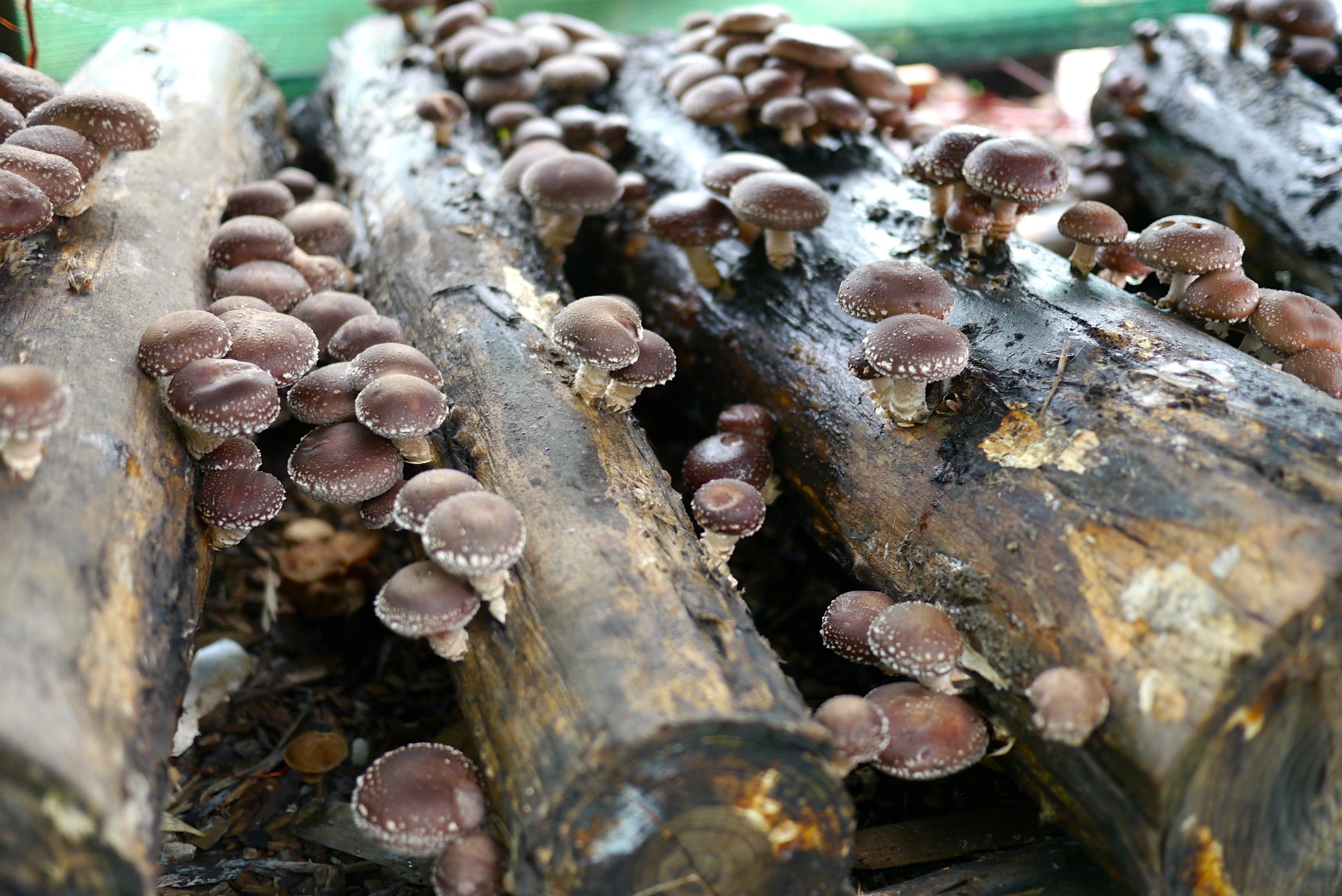
At Huaguling farm, these 2 first steps (substrate preparation and inoculation) are performed by a service provider who possess all of the necessary equipments and supply a few farms.
I leave to Miss Kang the explaining of the last steps of growing mushrooms, until the harvest.
Benefits of growing mushrooms in bags are :
– It is easy to sterilize the substrate (often using water vapor) to reduce contamination by other organisms. During the colonization of the substrate by the mycelium, the bag stays hermetically closed, so only the cultivated mushroom can grow. For some mushrooms that are delicate to cultivate – like the lion’s mane mushroom -, it is a guarantee of success.
– As the substrate is richer – mostly in nitrogen – than wood, and because it is already fragmented, the growth is quicker – the mycelium can colonize the substrate in a few weeks against a few months, or even years if growing on logs.

Growing mushroom with agroecology in mind
Fungiculture has many benefits that allow it to become part of an agroecological system.
Firstly, fungiculture allows food production in spaces receiving a low amount of light, like forest understories or cellars. This is how during the nineteenth century, in the former quarries of Paris’ suburbs, was developped the cultivation of field mushroom (or meadow mushroom, Agaricus campestris), and then of button mushroom (Agaricus bisporus, called “Paris’ mushroom” in French), taking advantage of the over-abundance of horse manure from the capital to serve as substrate.
At Huaguling farm, the steep topography was used to create partly open cellars under the smal farm buildings, which prevented some land to be artificialized.
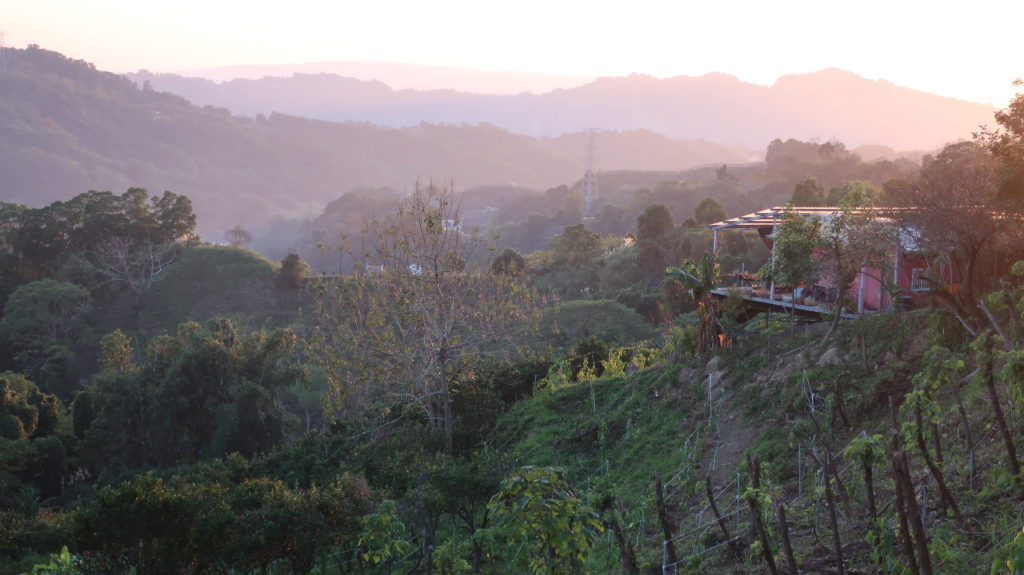
Moreover, mushroom growing can enable a virtuous circle in nutrients at the local territory scale. As explained by Miss Kang in the video, many agricultural wastes can be used as ingredients in making fungiculture substrate.
Because the treatment capacity of composting platforms is limited in Taiwan, these farm wastes are often treated like garbage and incinerated. Besides, there is around a million ton of agricultural waste produced in Taiwan each year. Farms that produce mushrooms can thus serve as little composting platforms, conserving fertility in the local territory. At Huaguling farm, after the harvest of mushroom, the substate which has been “digested” by the mushrooms is used as compost to feed the sacha inchis, the other main crop of the farm (you can read my article here to learn more about sacha inchi). There is no need of any more transportation, the farm can produce most of its fertilizer by itself.
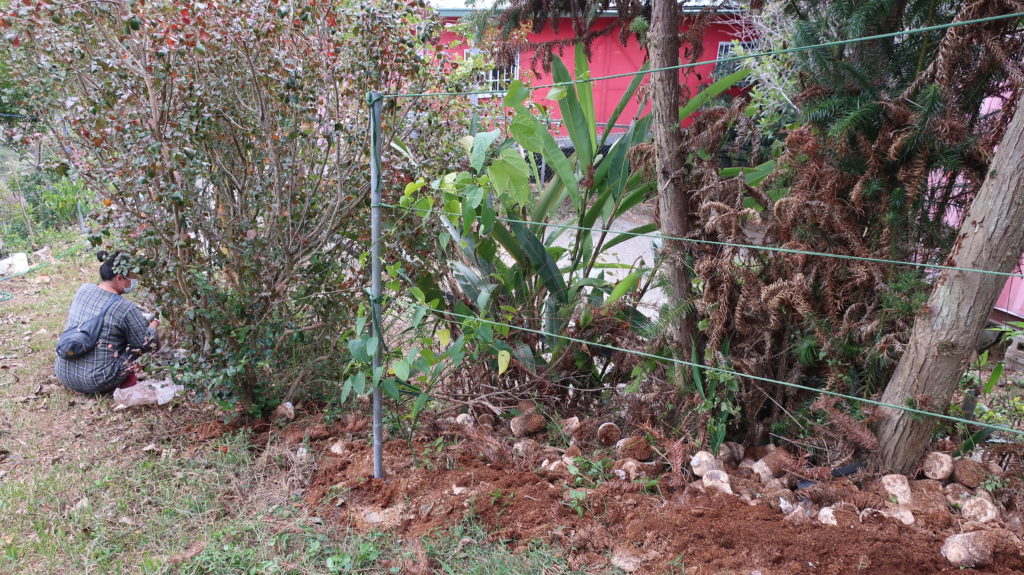
Finally, it seems possible to combine the cultivation of some species of mushrooms with the cultivation of vegetables. Growing Brussel sprouts or broccolis in combination with elm oyster mushrooms could double the yield of the vegetables while producing edible mushrooms on the same surface (Stamets, Paul. Mycelium running: how mushrooms can help save the world. Random House Digital, Inc., 2005.). This effect could be linked to the rapid nutrient cycling allowed by the decomposition of the mulch by the fungis.
Synergistic results has also been observed in other combinations, like wine cap stropharia (or “garden giant”, Stropharia rugosoannulata) growing with corn.
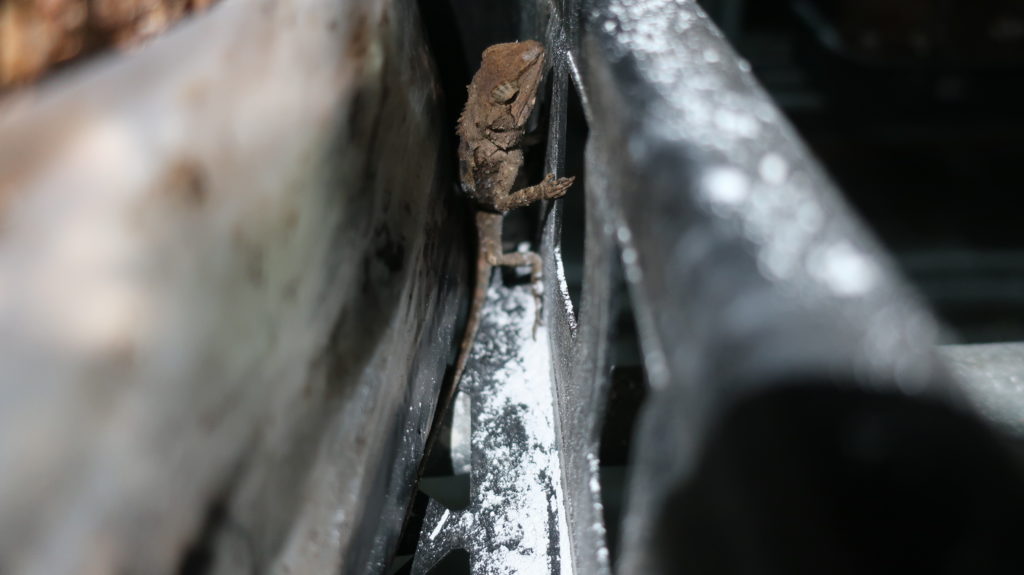
On the contrary, fungiculture can have many negative results.
Firstly, because most of the commercial production is made in plastic bags, mushroom growing generates a lot of plactic wastes.
For example in Xinshe district of Taichung (台中市新社區), the first producing region of mushrooms in Taiwan, 200 millions of mushroom growing bags are used each year!!! Because of inattentive or unscrupulous producers, inevitably a part of this plastic ends up in the environnement. It also adds up to the complex problem of waste management in Taiwan.
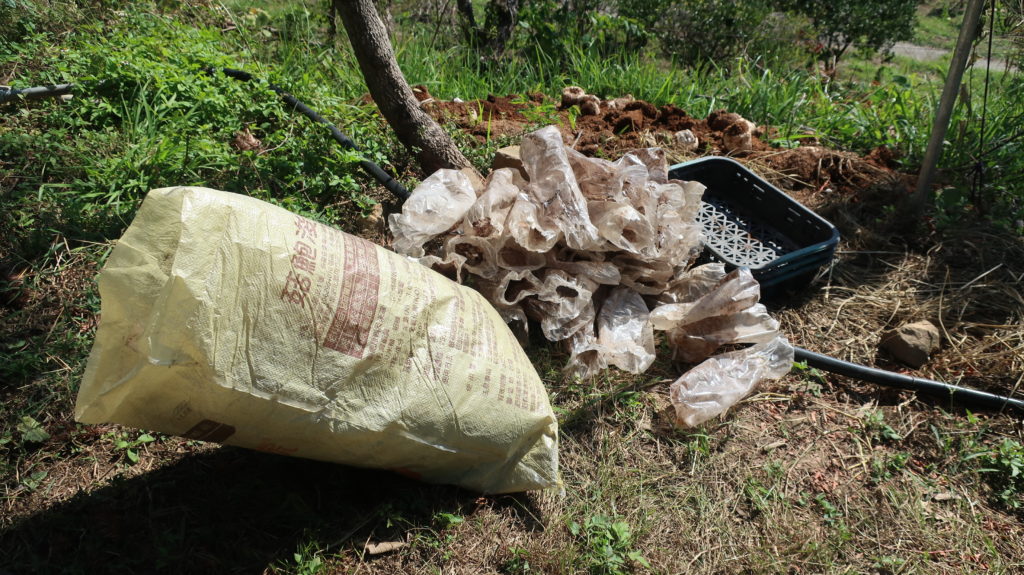
Secondly, as mushrooms in Taiwan can fetch a good price (around 650NTD for 600g of low quality dried shiitakes), substrate can also reach a high value (between 1600 and 2300NTD for a ton of wood shavings).
Thus, some green spaces or forested areas managers do not hesitate to heavily prune or even to clear-cut, sometimes bordering on illegality, to transform wood into mushroom substrate. To provide mushrooms for Taiwan’s consumption only by clear-cutting would require to cut down around 2000 hectares of forest each year !
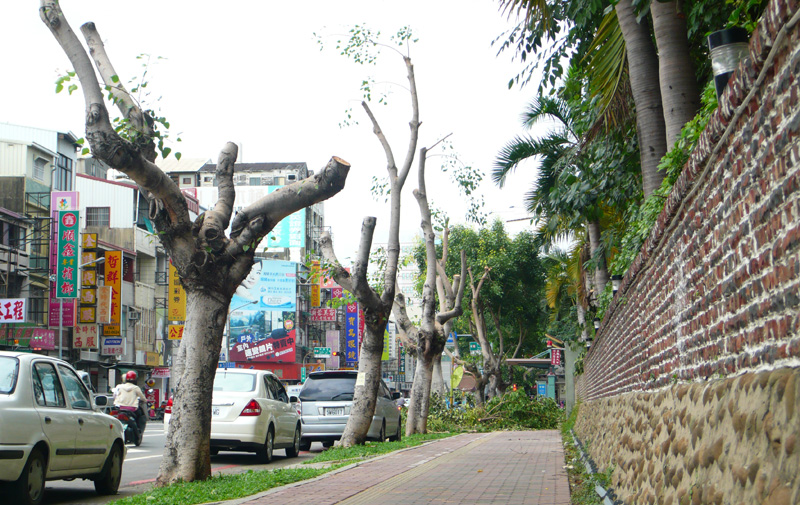
Lastly, the ultra-specialization of some regions in the production of mushrooms leads to an important concreteization as in the previously mentioned Xinshe district, that I had the opportunity to cross at a later date during my bicycle trip around Taiwan. Indeed, to facilitate commercial production, many hangars on concrete has been built in this rural district.

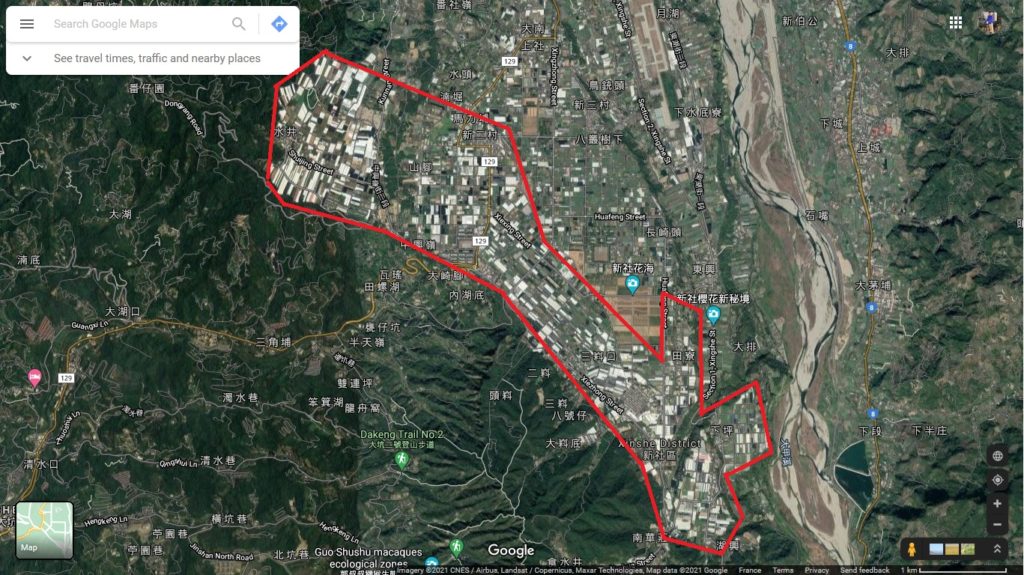
Fungiculture can thus be a wonderful tool to amplify virtuous nutrient cycles, or a bane for ecosystems.
As with vegetable crops, the farms size, the methods employed, and the level of integration at the territory level – among many factors – will tip the balance one way or the other.
For further informations (French article !) :
Champignons, culture et intégration dans les pratiques agricoles
